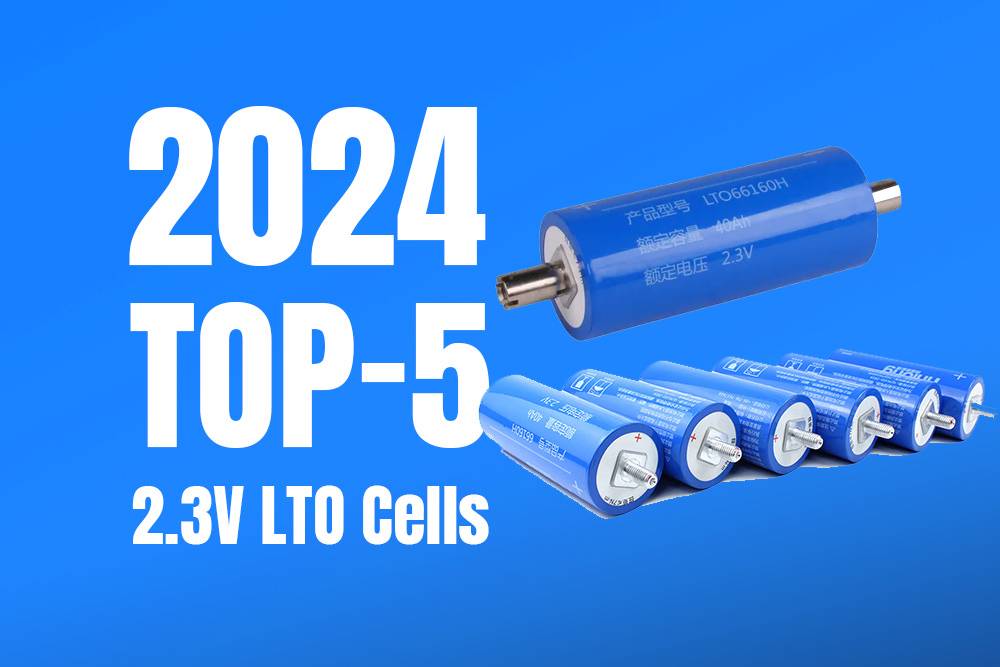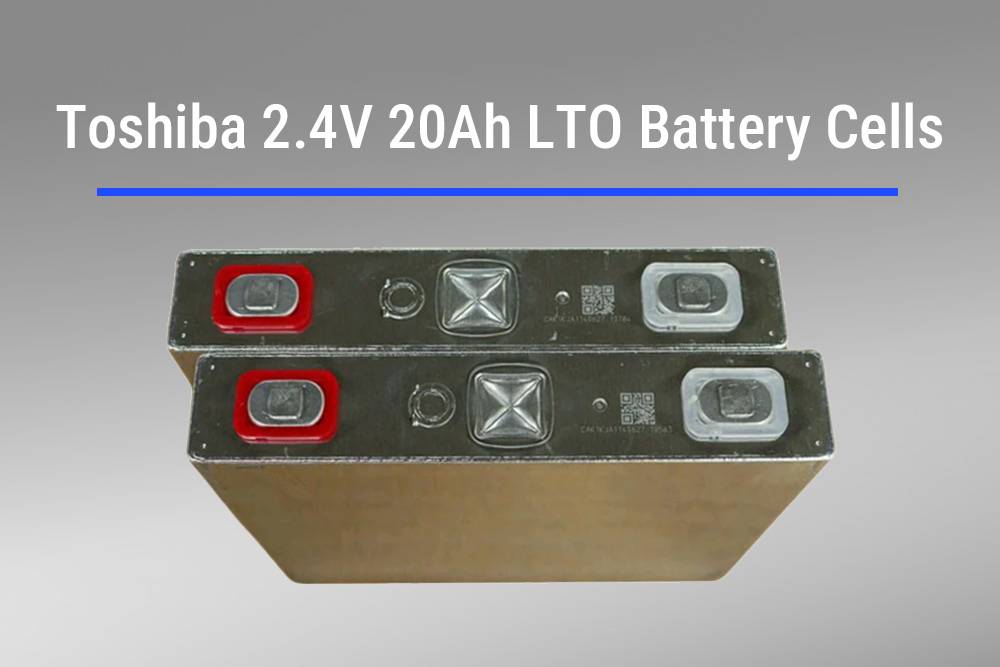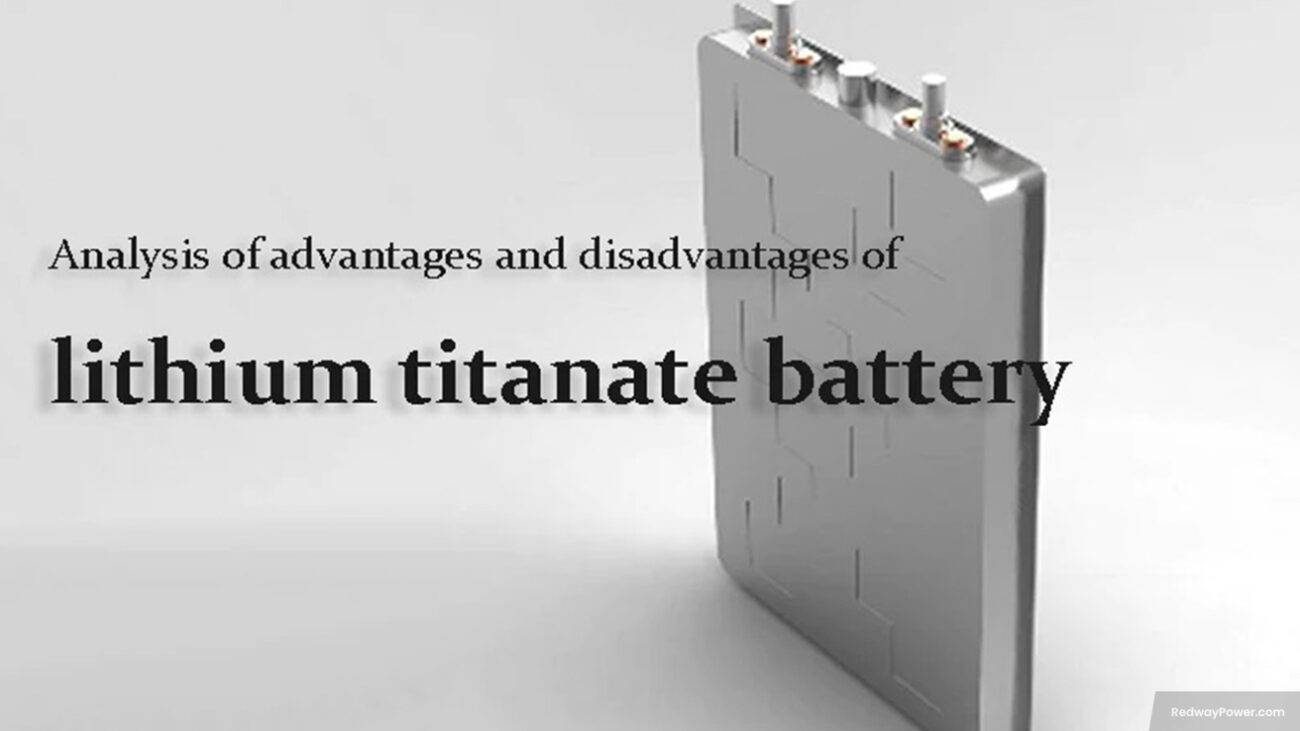- Forklift Lithium Battery
-
48V
- 48V 210Ah
- 48V 300Ah
- 48V 420Ah (949 x 349 x 569 mm)
- 48V 420Ah (950 x 421 x 450 mm)
- 48V 456Ah
- 48V 460Ah (830 x 630 x 590 mm)
- 48V 460Ah (950 x 421 x 450 mm)
- 48V 460Ah (800 x 630 x 600 mm)
- 48V 460Ah (820 x 660 x 470 mm)
- 48V 500Ah
- 48V 560Ah (810 x 630 x 600 mm)
- 48V 560Ah (950 x 592 x 450 mm)
- 48V 600Ah
- 48V 630Ah
-
48V
- Lithium Golf Cart Battery
- 12V Lithium Battery
12V 150Ah Lithium RV Battery
Bluetooth App | BCI Group 31
LiFePO4 Lithium
Discharge Temperature -20°C ~ 65°C
Fast Charger 14.6V 50A
Solar MPPT Charging - 24V Lithium Battery
- 36V Lithium Battery
- 48V Lithium Battery
-
48V LiFePO4 Battery
- 48V 50Ah
- 48V 50Ah (for Golf Carts)
- 48V 60Ah (8D)
- 48V 100Ah (8D)
- 48V 100Ah
- 48V 100Ah (Discharge 100A for Golf Carts)
- 48V 100Ah (Discharge 150A for Golf Carts)
- 48V 100Ah (Discharge 200A for Golf Carts)
- 48V 150Ah (for Golf Carts)
- 48V 160Ah (Discharge 100A for Golf Carts)
- 48V 160Ah (Discharge 160A for Golf Carts)
-
48V LiFePO4 Battery
- 60V Lithium Battery
-
60V LiFePO4 Battery
- 60V 20Ah
- 60V 30Ah
- 60V 50Ah
- 60V 50Ah (Small Size / Side Terminal)
- 60V 100Ah (for Electric Motocycle, Electric Scooter, LSV, AGV)
- 60V 100Ah (for Forklift, AGV, Electric Scooter, Sweeper)
- 60V 150Ah (E-Motocycle / E-Scooter / E-Tricycle / Tour LSV)
- 60V 200Ah (for Forklift, AGV, Electric Scooter, Sweeper)
-
60V LiFePO4 Battery
- 72V~96V Lithium Battery
- Rack-mounted Lithium Battery
- E-Bike Battery
- All-in-One Home-ESS
- Wall-mount Battery ESS
-
Home-ESS Lithium Battery PowerWall
- 24V 100Ah 2.4kWh PW24100-S PowerWall
- 48V 50Ah 2.4kWh PW4850-S PowerWall
- 48V 50Ah 2.56kWh PW5150-S PowerWall
- 48V 100Ah 5.12kWh PW51100-F PowerWall (IP65)
- 48V 100Ah 5.12kWh PW51100-S PowerWall
- 48V 100Ah 5.12kWh PW51100-H PowerWall
- 48V 200Ah 10kWh PW51200-H PowerWall
- 48V 300Ah 15kWh PW51300-H PowerWall
PowerWall 51.2V 100Ah LiFePO4 Lithium Battery
Highly popular in Asia and Eastern Europe.
CE Certification | Home-ESS -
Home-ESS Lithium Battery PowerWall
- Portable Power Stations
Top 5 2.3V LTO Cells of 2024: A Comprehensive Review

In 2024, Lithium Titanate (LTO) cells are gaining attention for their unique benefits, including rapid charging capabilities and long cycle life. The top five models available this year offer advanced performance features suitable for various applications, making them ideal for consumers looking to enhance their energy storage solutions.
What is Lithium Titanate (LTO) technology?
Lithium Titanate (LTO) technology refers to a type of lithium battery that uses lithium titanate oxide as the anode material instead of conventional graphite. This innovative design allows for faster charging times, improved safety, and a longer lifespan, making it an attractive option for high-performance applications.
| Feature | Description |
|---|---|
| Anode Material | Lithium Titanate |
| Voltage | Typically around 2.3V |
| Cycle Life | Up to 20,000 cycles |
| Charge Time | Extremely fast charging capability |
What are the key features of LTO cells?
LTO cells boast several key features that set them apart from other lithium-ion batteries:
- Fast Charging: Capable of charging in under 30 minutes.
- Wide Temperature Range: Operates effectively in extreme temperatures, from -40°C to +60°C.
- High Safety: Lower risk of thermal runaway compared to other lithium batteries.
- Longevity: Exceptional cycle life, often exceeding 20,000 cycles.
| Feature | Benefit |
|---|---|
| Fast Charging | Reduces downtime |
| Temperature Tolerance | Versatile for various environments |
| Safety | Greater reliability |
| Longevity | Cost-effective over time |
What are the top 5 Lithium Titanate cells available in 2024?
The following are considered the top five Lithium Titanate cells in 2024:
- A123 Systems ANR26650M1B
- Altairnano ALTIUS
- Mitsubishi Electric LTO Cell
- K2 Energy K2LTO
- GWL Power LTO Battery
How do the leading LTO cells compare in performance?
When comparing the leading LTO cells, several performance metrics come into play:
- Energy Density: While lower than traditional lithium-ion batteries, they compensate with faster charging and longer life.
- Cycle Life: Most LTO cells offer around 20,000 cycles, significantly higher than standard lithium-ion options.
| Cell Model | Energy Density (Wh/kg) | Cycle Life | Charge Time |
|---|---|---|---|
| A123 Systems ANR26650M1B | 70 | Up to 20,000 | ~30 minutes |
| Altairnano ALTIUS | 60 | Up to 20,000 | ~30 minutes |
| Mitsubishi Electric LTO Cell | 75 | Up to 20,000 | ~30 minutes |
| K2 Energy K2LTO | 70 | Up to 20,000 | ~30 minutes |
| GWL Power LTO Battery | 65 | Up to 20,000 | ~30 minutes |
What advantages do LTO batteries offer over other lithium batteries?
LTO batteries provide distinct advantages compared to traditional lithium-ion batteries:
- Rapid Charging: Ideal for applications requiring quick turnaround times.
- Extended Lifespan: More cost-effective in the long run due to fewer replacements needed.
- Safety: Reduced risk of fire or explosion enhances overall safety.
What applications are best suited for LTO cells?
LTO cells are particularly well-suited for various applications:
- Electric Vehicles: Their rapid charging capabilities make them ideal for electric buses and cars.
- Energy Storage Systems: Used in grid storage solutions due to their longevity and reliability.
- Renewable Energy Integration: Effective in solar and wind energy systems where quick charging is beneficial.
Why is the future of LTO technology promising?
The future of LTO technology looks promising due to ongoing advancements in materials science and battery management systems. As demand for efficient energy storage solutions grows, innovations aimed at increasing energy density while maintaining safety and longevity will likely enhance the appeal of LTO cells across various industries.
What should consumers consider when choosing an LTO cell?
When selecting an LTO cell, consumers should consider:
- Application Needs: Assess whether fast charging or long cycle life is more critical for your use case.
- Cost vs. Performance: Evaluate upfront costs against long-term savings from durability and efficiency.
- Compatibility: Ensure that the chosen cell fits within existing systems or applications.
Frequently Asked Questions
- What is the lifespan of Lithium Titanate (LTO) batteries?
Lithium Titanate batteries typically have a lifespan exceeding 20,000 cycles, making them one of the longest-lasting battery options available. - Are Lithium Titanate batteries better than traditional lithium-ion batteries?
Yes, they offer advantages such as faster charging times, higher safety standards, and longer cycle life compared to standard lithium-ion batteries. - Can I use Lithium Titanate batteries in my existing devices?
Compatibility depends on your device’s specifications; ensure that your device can handle the voltage and current characteristics of LTO cells before use.
Industrial News
The market for Lithium Titanate (LTO) technology continues to expand as industries seek sustainable energy solutions. Recent developments include partnerships between battery manufacturers and automotive companies to integrate LTO cells into electric vehicles for enhanced performance and safety. Additionally, research into improving energy density while maintaining rapid charge capabilities is underway, promising even greater advancements in this battery technology.
Redway Power Expert Views
“Lithium Titanate technology represents a significant leap forward in battery performance,” states a leading expert in energy storage solutions. “Its ability to charge quickly while maintaining safety makes it an ideal choice for both consumer electronics and large-scale renewable energy systems.”















